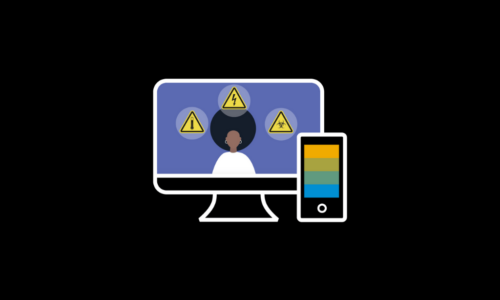3 Steps to Safety Training in the “Next Normal”

Amid the requirements for companies to shut down, re-open, or operate under temporary restrictions, leaders and safety professionals have rightly focused on immediate safety issues and Covid-related risk. Now is the time to make sure that short-term safety plans don’t overtake an ongoing focus on managing pre-existing risks and preventing workplace accidents.
Here, we’ll look at three steps to safeguarding your operation and your people with safety training in the “next normal.”
Step 1: Reset a safety mindset
We all know that complacency is a major cause of unsafe work practices that lead to accidents and injuries. Now, as workers are being asked to focus on safety measures aimed at preventing the spread of Coronavirus, there’s an even greater risk of complacency towards everyday safety efforts that were expected pre-pandemic. The last thing any organization needs now is a rise in preventable workplace accidents. So, what can be done?
The good news about complacency is it can be tackled through a combination of raising awareness and education. And that’s why foundational safety training is so important. Effective training will include interactive content, real life examples, and teach the concept of a “safety mindset.”
Learning about the safety mindset encourages workers to actively think about safety, identify the parts of their job that they do on auto-pilot, and reflect on their own risk-taking behavior. This helps to shake the complacency habit.
As employees return to the workplace and adopt changed ways of working in the “next normal,” training is essential. Consider including foundational safety content in your training plan to help reset a safety mindset across your workforce.
Step 2: Train for new risks
Leaders and safety professionals have made vast and rapid changes to manage the risk of Covid in workplaces. These range from staggered start times, reduced capacity in meeting rooms, clear barriers at payment counters, and increased cleaning. Our workplaces look different and, in many cases, work is being done in different ways.
Good safety practice tells us that when a new hazard emerges and new controls are used to manage the risks, we can’t just set and forget.
Even if the risk of Covid is being managed in your workplace, the risk management process does not stop. The control measures you have put in place must be monitored to make sure they are working. Importantly, it’s also necessary to check that the control measures themselves haven’t introduced new hazards.
This very situation has arisen in the retail sector where businesses have put Covid safety measures in place such as limiting the number of people in a store or requiring customers to wear masks. Retail employers are reporting that implementing the measures increases the risk of employees having to manage threatening or difficult customers who may resist or be upset by what they’re being asked to do.
This is such a recognized issue that the Center for Disease Control has released advice for retail and service businesses to limit workplace violence associated with Covid prevention policies.
This is more than just a customer service issue; it’s also a safety one. Workers in service roles may now, more than ever, face risks posed by dealing with a stressed and challenging public. Tackling this safety concern may require up-skilling in diffusing upset customers or protecting employees from workplace violence.
This example from retail highlights that safety professionals are tasked with much more than managing the risk of exposure to Covid. Once this new hazard has been assessed and controlled, our workplaces will look different with our people performing different tasks. We then need to ask: What other risks are now present in this changed environment? Consider the training needs of your people when you answer this important question.
Step 3: Get the basics right
Here at Litmos we know the crucial part that safety training plays in creating a safe workplace. Over the past six months we have seen a staggering 500% increase in the use of our Hand Hygiene training. Employers everywhere are training their people to ensure widespread use of personal and workplace hygiene practices that will be necessary for many months ahead. To us, this shows that employers are serious in their efforts to provide a safe workplace and help to protect their communities.
However, safety measures to curb the spread of coronavirus can’t overtake our everyday safety efforts.
Whether your workforce has been furloughed, teleworking, or working under changed conditions, safety training programs can’t be indefinitely hijacked by disease prevention. Workers are still facing hazards associated with lifting and over-exertion, driving for work, and being exposed to hazardous energy sources or chemicals, just to name a few.
The ongoing challenge for safety professionals is to lead and implement a safety program that gives even emphasis to the new risks presented by Covid as well as traditional safety efforts. Achieving this requires a comprehensive and compliant health and safety training program tailored to all of the hazards your workers face on the job.
To help you get the basics right, the Litmos Training Content catalog offers health and safety topics suitable for office-based workers, as well as your people on the road, in the warehouse or factory, and out on a worksite. General health and safety courses lay the foundation for staying safe at work, for example fire safety and ergonomics. Practical short courses cover more specific topics such as PPE awareness, fall protection, and forklift safety.
This has been an arduous year for leaders and safety professionals, and it’s not over yet. Nonetheless, doubling down on safety could be what it takes to avoid a preventable illness, injury, or accident in your organization. And in a year like no other, one less crisis will come as a welcome gift to your people, stakeholders, and community.
Stay well!





